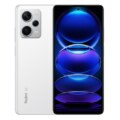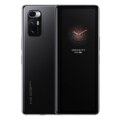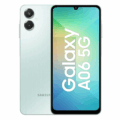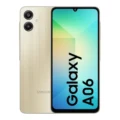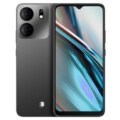- Gadget24
- Gadget Specifications
- Xiaomi
- Xiaomi Redmi K30S
Xiaomi Redmi K30S
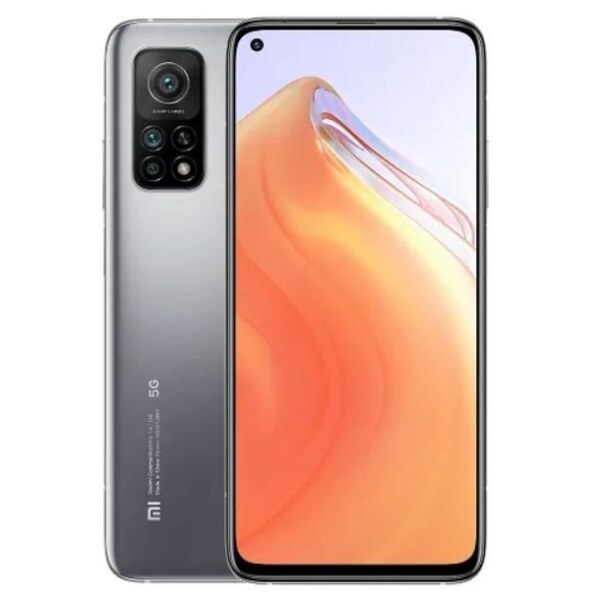
Xiaomi Redmi K30S is the higher version of the Redmi K30 announced back in December of 2019. Aside the better display on the new comer, you are also getting a more power Snapdragon 865 CPU over the 730G CPU used in the older variant. Talking about display, the new Redmi K30S comes in a 6.67-inches display with a Dot-notch and 1080 x 2400 pixels resolution. The display panel is IPS, and it offers higher 144Hz refresh rate, with up to 650 brightness nits.
Design wise, the Redmi K30S borrows both looks and features from the Xiaomi Mi 10T announced earlier, as a result, you are getting a 64-megpixel main lens with PDAF and F/1.9 aperture, along with 13-megapixel ultra-wide snapper and a 5-megapixel macro in triple rear camera setup.
The front camera is a 20-megapixel lens, which can record videos in 1080p@30fps and 720p@120fps. On the processing wing, the device is based on Qualcomm’s Snapdragon 865 CPU, an octa-core 7nm+ Chipset clocked at 2.84GHz, along with Adreno 650 GPU 8GB RAM and 128/256GB non-expandable internal storage.
The device has a side-mounted biometric scanner, and comes with a 5000mAh battery on the inside, with 33W fast charging and Quick Charge 4+. The phone itself is available in Cosmic Black and Lunar Silver colors, and run on MIUI 12 with Android 10 out of the box. The full specs of Xiaomi’s Redmi K30S is contained in the table below.
Full Specifications
NETWORK
| Technology | GSM / HSPA / LTE / 5G |
| 2G Network Bands | GSM 850 / 900 / 1800 / 1900 - SIM 1 & SIM 2 |
| 3G Network Bands | HSDPA 850 / 900 / 1700(AWS) / 1900 / 2100 |
| 4G Network Bands | LTE band 1(2100), 2(1900), 3(1800), 4(1700/2100), 5(850), 7(2600), 8(900), 12(700), 17(700), 34(2000), 38(2600), 39(1900), 40(2300), 41(2500) |
| 5G Network Bands | 5G band 1(2100), 3(1800), 41(2500), 78(3500), 79(4700); SA/NSA |
| Speed | HSPA 42.2/5.76 Mbps, LTE-A, 5G (2+ Gbps DL) |
LAUNCH
| Also Known As |
- - |
BODY
| Dimensions | 165.1 x 76.4 x 9.3 mm |
| Weight | 216 grams |
| Build |
Glass front (Gorilla Glass 5) - Glass back (Gorilla Glass 5) - Aluminum frame |
| SIM Type | Dual SIM (Nano-SIM, dual stand-by) |
DISPLAY
| Display Type | IPS LCD, 144Hz, HDR10+, 500 nits (typ), 650 nits (peak) |
| Size | 6.67 inches, 107.4 cm2 (~85.2% screen-to-body ratio) |
| Resolution | 1080 x 2400 pixels, 20:9 ratio (~395 ppi density) |
PLATFORM
| Operating System | Android 10.0; MIUI 12 |
| Chipset | Qualcomm SM8250 Snapdragon 865 (7 nm+) |
| CPU | Octa-core (1x2.84 GHz Kryo 585 & 3x2.42 GHz Kryo 585 & 4x1.80 GHz Kryo 585) |
| GPU | Qualcomm Adreno 650 |
MEMORY
| RAM + ROM | 8 GB |
| Card Slot | No |
MAIN CAMERA
| Camera Type | Triple Lenses |
| Camera Sensor(s) | 64 MP + 13 MP + 5 MP Main camera |
| Camera Features |
Autofocus Face detection F/2.0 aperture LED Flash Panorama HDR + 13 MP, f/2.4, 123˚ (ultrawide), 1.12µm + 5 MP, f/2.4, (macro), AF |
| Video Resolution | 8K@30fps, 4K@30/60fps, 1080p@30/60/120/240/960fps; gyro-EIS |
SELFIE CAMERA
| Camera Type | Single Lens |
| Camera Sensor(s) | 20-megapixel punch hole camera |
| Camera Features |
F/2.0 aperture FaceID Face beautification HDR |
| Video Resolution | 1080p@30fps, 720p@120fps |
SOUND
| Loudspeaker | Yes, with stereo speakers |
| Speaker Location | Placed at the basement and top |
| Audio Jack Type | No |
CONNECTIVITY
| Bluetooth | 5.1, A2DP, LE, aptX HD |
| NFC | |
| GPS | Yes, with dual-band A-GPS, GLONASS, BDS, GALILEO, QZSS, NavIC |
| FM Radio | No |
BATTERY
| Battery Capacity | Non-removable Li-Po 5000 mAh battery |
| Talk Time Talk Time is the longest time that a single battery charge will last when you are constantly talking on the phone under perfect conditions, Ambient temperature and highly dependent on the cellular network environment such as the distance to the closest cell network tower. | Up to 32 hours |
| Stand-by | Up to 690 hours |
OTHER FEATURES
| Sensors | Fingerprint (side-mounted), accelerometer, proximity, compass |
| Box Contents | Charging Brick / USB cable |
User Reviews
Disclaimer Note
Note: Specifications may not be 100% accurate.



